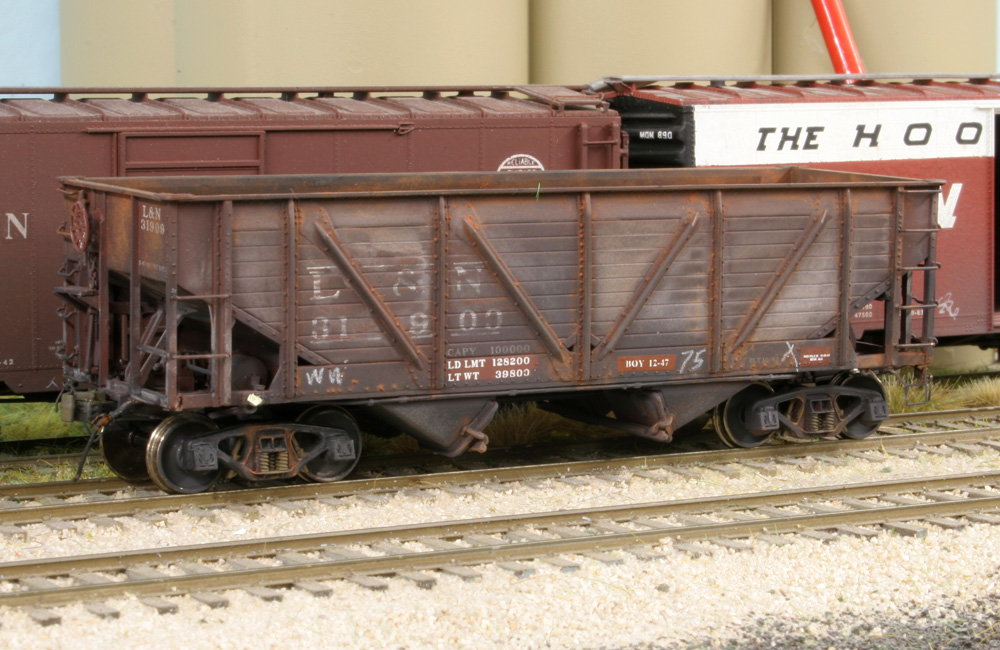
Q: I’m aware that India ink-alcohol stain fogs Dullcote and similar dulling lacquer products. But I’ve not been able to find anything on the internet that discusses what happens if you spray Dullcote onto something that has previously had an alcohol wash applied, but the alcohol has completely evaporated and is dry. I assume there is no effect, […]
Read More…
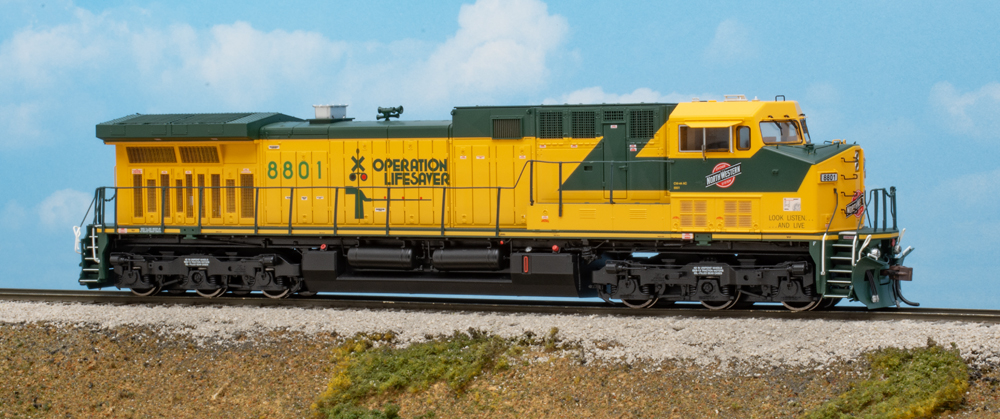
A General Electric AC4400CW diesel locomotive has joined the Athearn Genesis lineup. And no, this isn’t just an upgraded version of the “blue box” kit from the 1990s. The newly tooled six-axle road locomotive is offered with railroad-specific details, a full cab interior, and light-emitting-diode lighting, among other features. The prototype The sample we received […]
Read More…
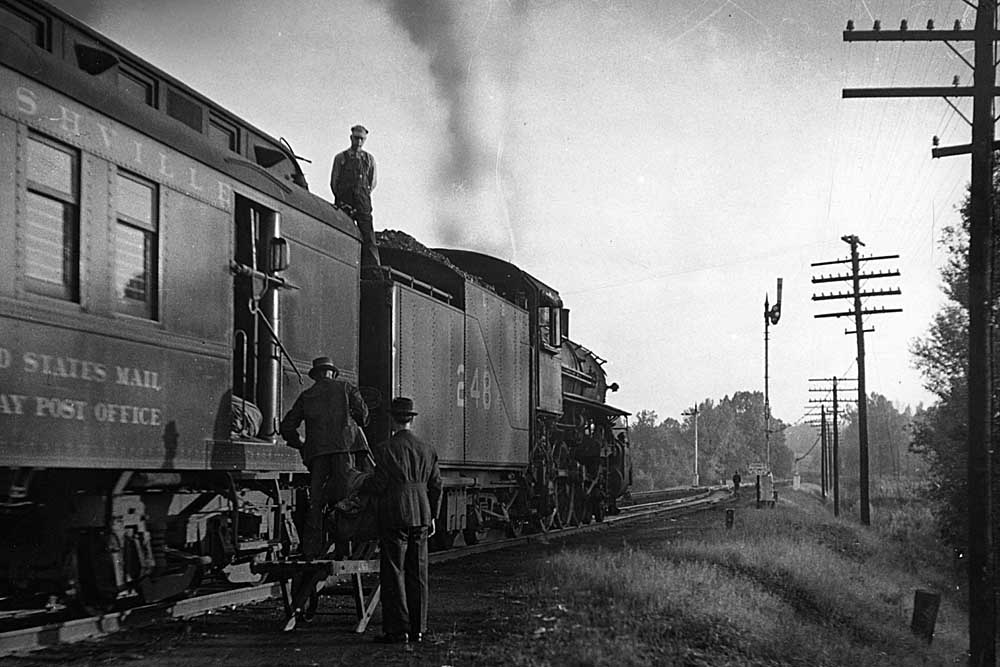
Railroad tell-tales At one time, railroad tell-tales were placed along the track on either side of low structures such as bridges and tunnels to warn crew members on top of the cars that they could not remain in a standing position while passing under the structure. Before the adoption of the air brake, and for […]
Read More…
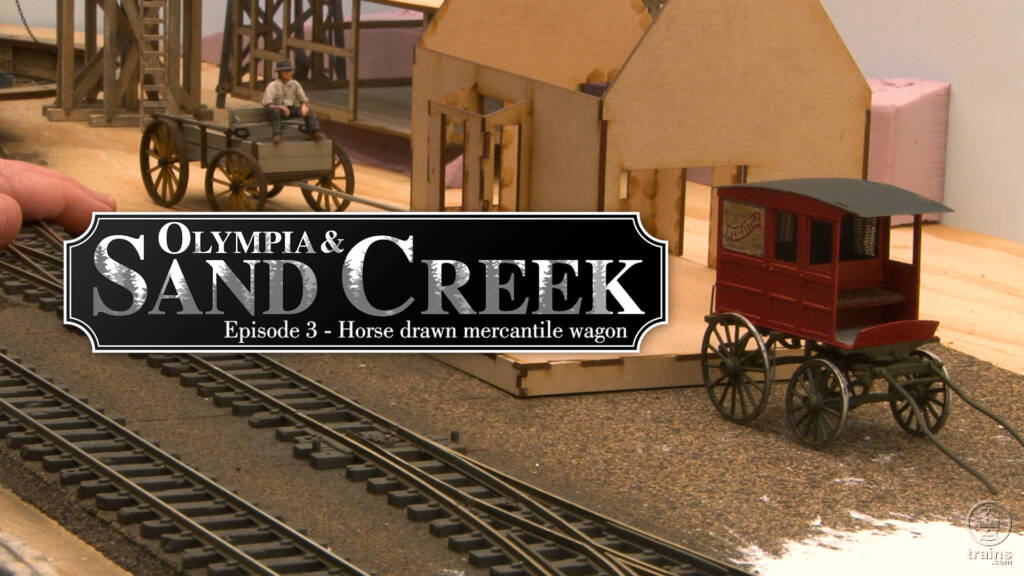
In this episode, David turns to a new construction technique as he forms the body of a wagon using resin impregnated paper. In his initial attempt with this material, David finds that it cuts, shapes, and assembles in manner similar to styrene. Follow along as he walks through the working limits and shares his valuable […]
Read More…
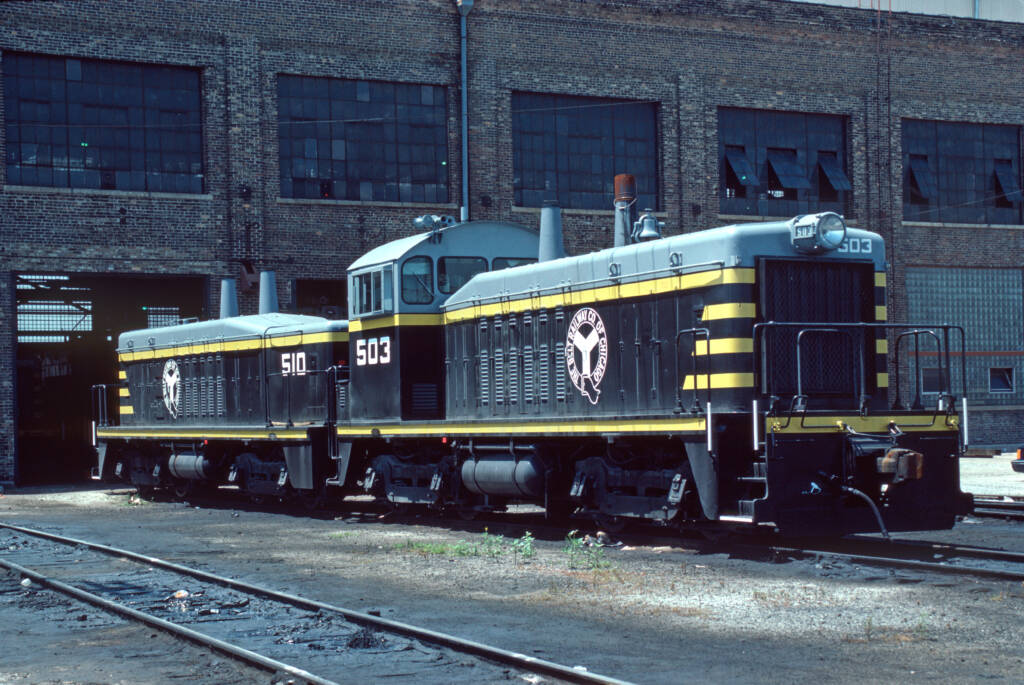
Transfer locomotives Transfer runs are trains that move cars from one freight yard usually to a nearby yard of another railroad (but not always). Early in dieselization, three of the major builders marketed locomotives built specifically for such service, called transfer locomotives, which demanded a lot of pulling power but not much speed. Transfer units […]
Read More…
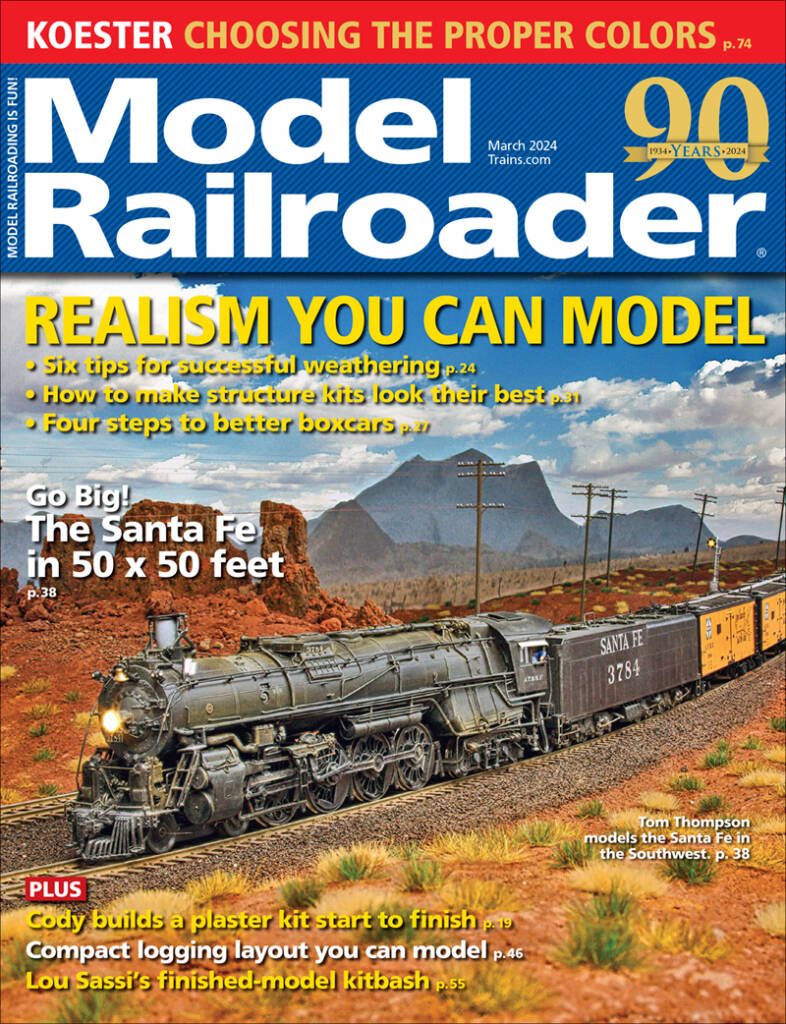
Also in this issue: ON TRAINS.COM, pg. 6 The latest features on our website FROM THE EDITOR, pg. 8 Why we weather our models NEWS AND PRODUCTS, pg. 10 Broadway Limited HO scale EMD GP35reviewed, plus the latest new products ASK MR, pg. 16 Model steel strapping for an open-top load STEP BY STEP, pg. 19 […]
Read More…
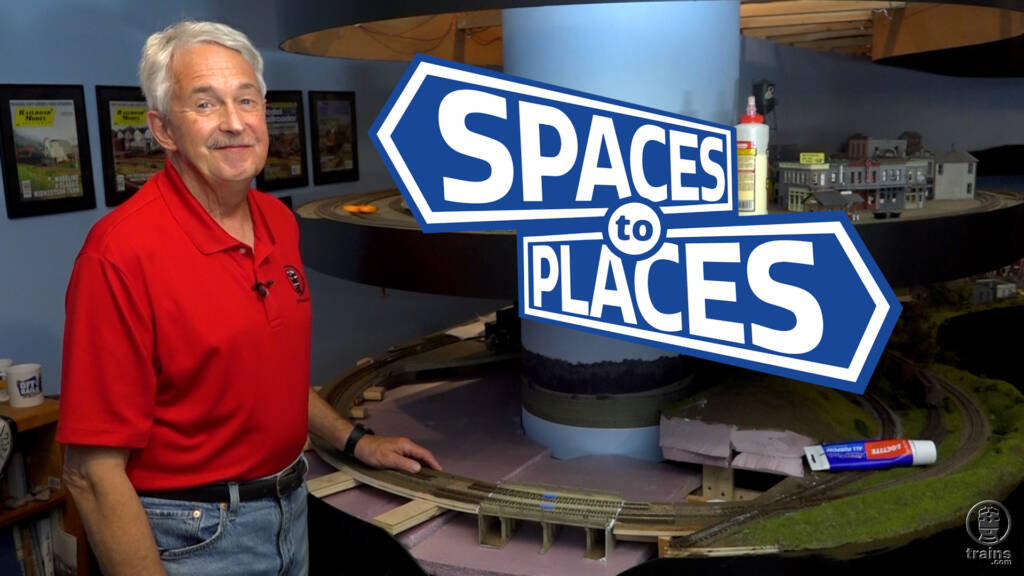
In this episode of Spaces to Places, we find host Gerry Leone in the thick of two projects! The main objective of his efforts was to build out the highway underpass and scenery along a layout peninsula. But Gerry also scrambles to complete trackwork reconfiguration that will improved the operation of his HO scale Bona […]
Read More…
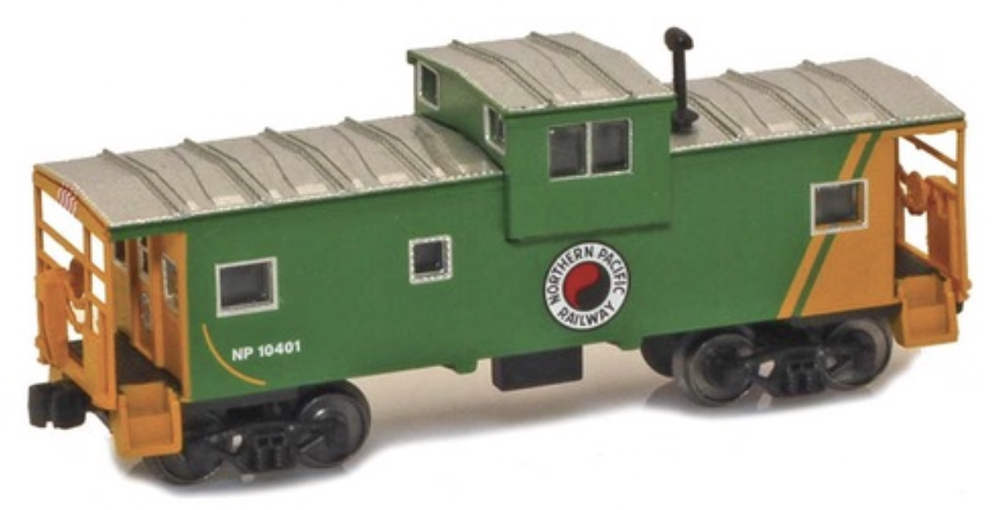
News & Products for the week of March 4th 2024 Model railroad operators and builders can get the latest information about locomotives, freight cars, passenger cars, tools, track, and more by reading Model Railroader’s frequent product updates. The following are the products Model Railroader editors have news on for the week of March 4th […]
Read More…
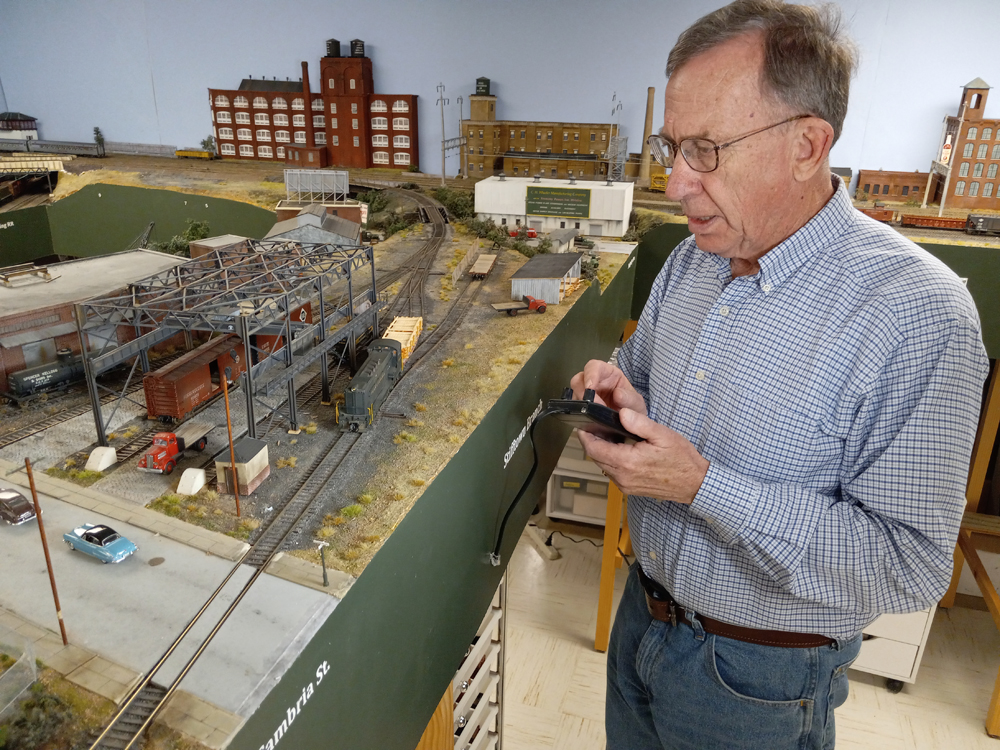
What was your first train set (or locomotive)? My first train set was from John English & Co. The three freight cars and caboose were pulled by a Pennsylvania Railroad Fairbanks-Morse 1200 HP switcher. These were sold in the 1954-57 time period. My Dad built a small layout (we used to call it a platform) […]
Read More…
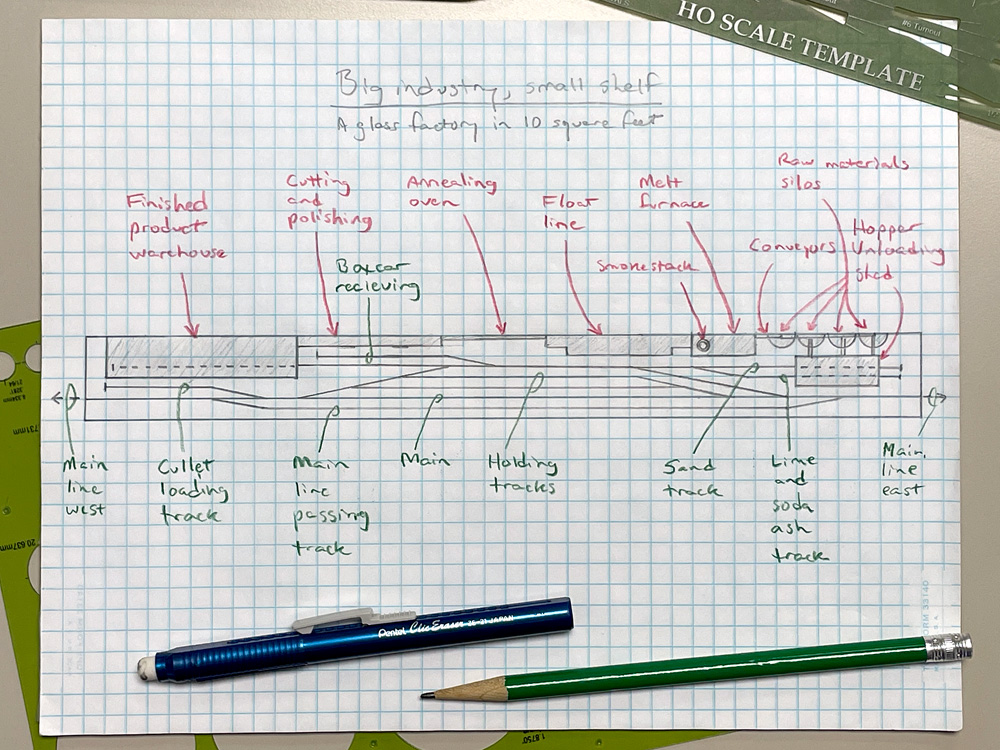
A reader’s inquiry to my “Ask MR” column (published earlier on Trains.com) inspired me to sketch a track plan for an HO scale glass factory shelf layout. We published a track plan for a glass factory in our January 2003 issue, but that was a 4 x 8-foot plan, and not everybody can devote 48 square […]
Read More…
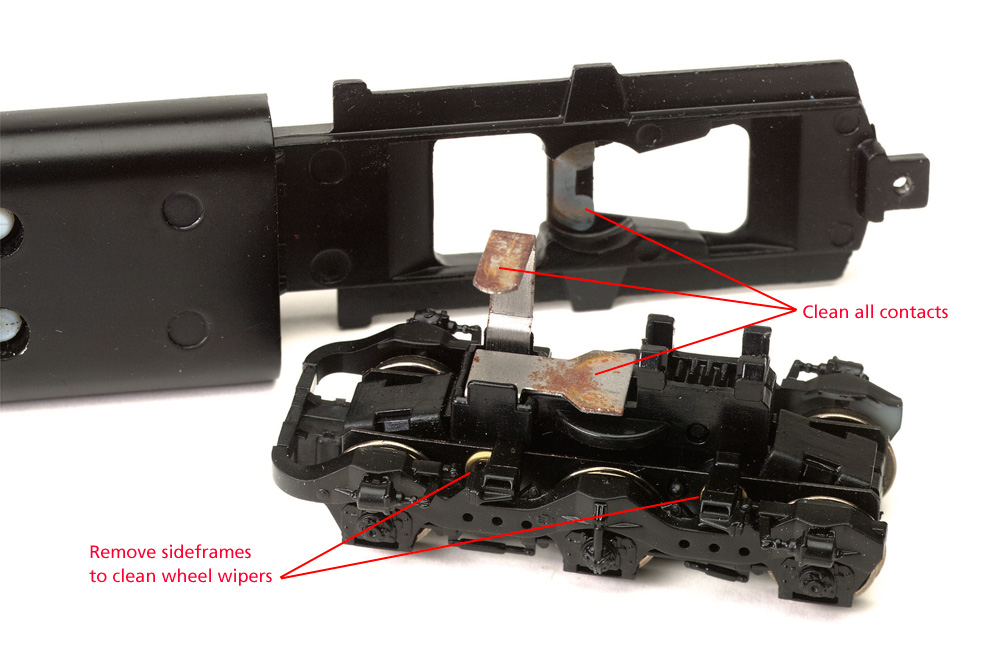
Q: I’m having some N scale locomotive electrical problems. My 6 x 8-foot layout is powered by NCE Digital Command Control. My locomotives will roll a few inches, then stop. If I give them a push, they stutter on/off, on/off, on/off. When the locomotives are moving, the block occupancy detector’s light-emitting diode (LED) is on, […]
Read More…
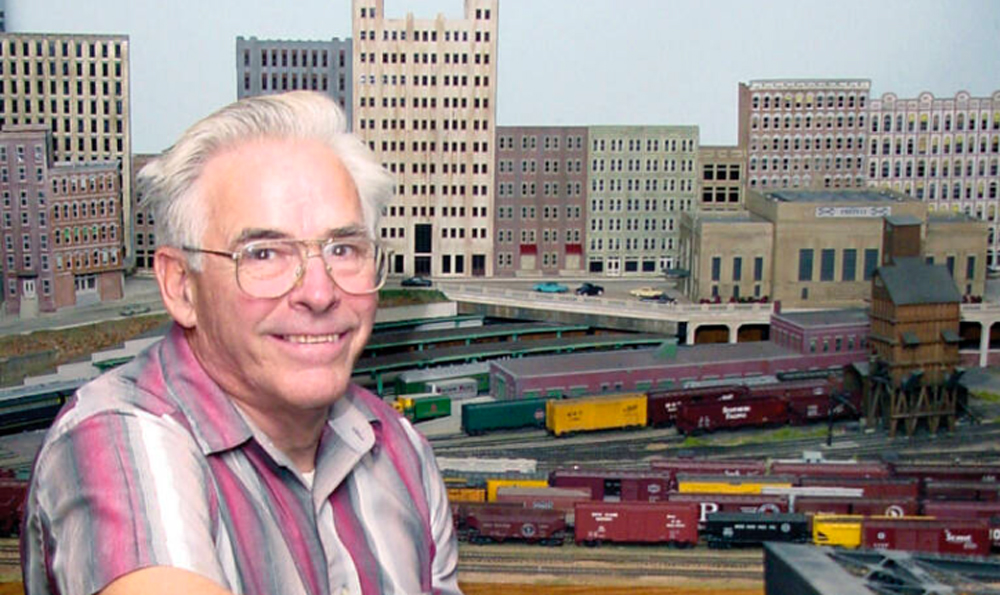
By now, you may have heard that we’ve been creating a Model Railroader Hall of Fame. Why? It’s the 90th anniversary year of Model Railroader magazine, and we wanted to honor those who have contributed so much to our hobby. Editor Eric White inaugurated the Hall of Fame in January’s issue, along with the first […]
Read More…












